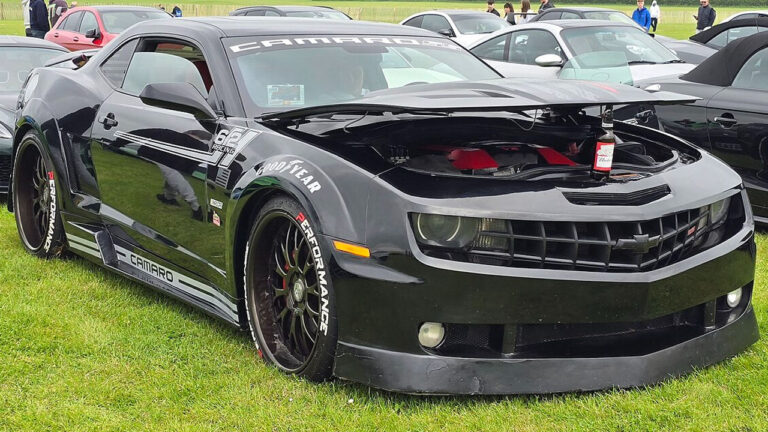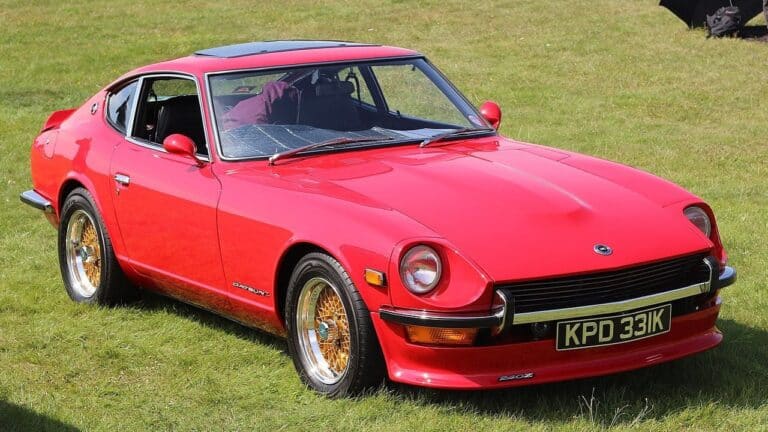13 Sports Cars That Are Better Investments Than a Retirement Fund
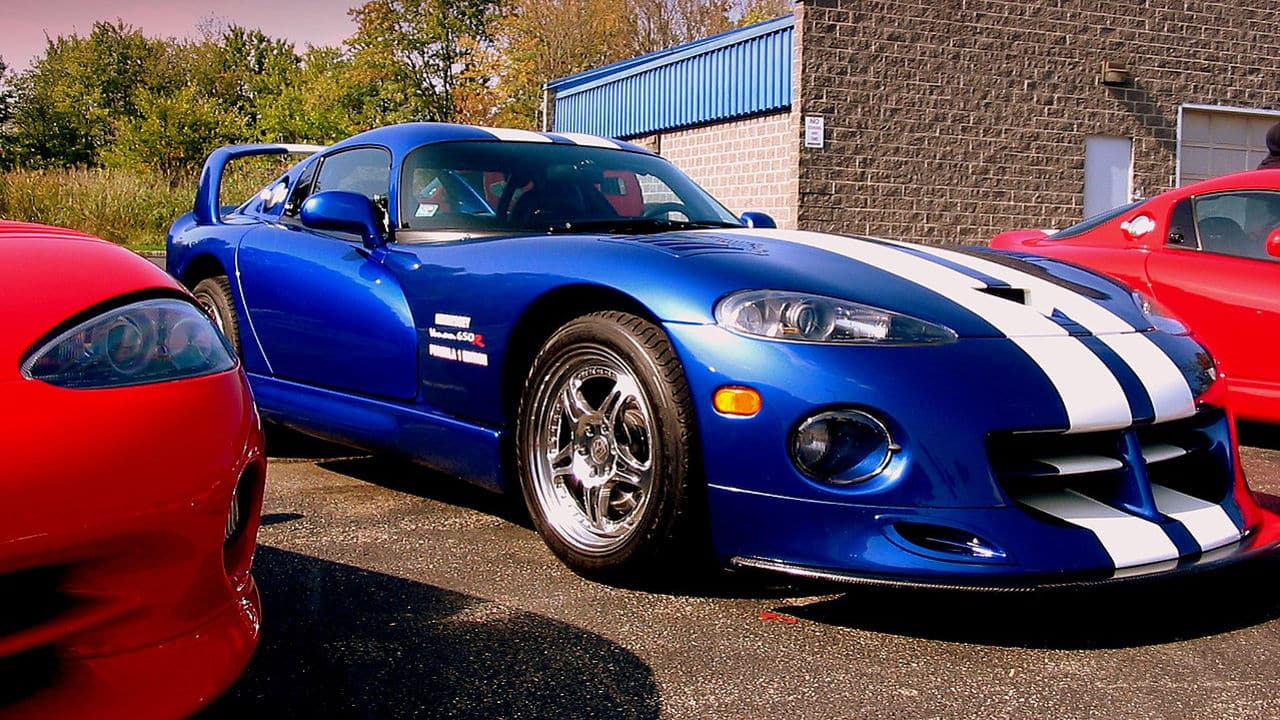
There are several things to consider when buying a sports car, including its performance and how much of an investment it is for the future.
Some sports cars have significant resale values, which could see you sell them for more than you paid over time.
That is an excellent position for an owner to put themselves in, meaning that a performance car isn’t just for fun but also a money-making opportunity.
Honda S2000

The Honda S2000 is an all-time classic sports car that is still hugely missed even though it has been 25 years since Honda last produced it. Honda debuted the S2000 in 1999, and under the hood, it had the F20C and F221C inline-four engines.
These engines became some of the best to grace a sports car, producing up to 239 hp and paired up with an excellent six-speed manual transmission — a transmission that was smooth, crisp, and a joy to operate as the revs built.
Values of the S2000 are rising further, and according to Classic.com, the average value of an S2000 is $32,661, with the top sale of an S2000 being $200,000.
Autozam AZ-1

Kei Cars are now starting to be appreciated more and more. The little Japanese machines are perfect for those who like something quirky and different, and one of the best is the wild Mazda-Autozam AZ-1. The AZ-1 has gullwing doors and a 657 cc inline-three in a mid-engine layout, which produces 64 hp and 63 lb-ft of torque. That isn’t a lot, yet it feels like it is with a car that weighs just 1,587 lbs.
While it bears the Autozam name, the AZ-1 was a Mazda product derived from an earlier Suzuki project. Suzuki abandoned their project, and Mazda’s design team took over it. Suzuki created its own Kei car in the form of a cappuccino.
TVR Tuscan Speed Six

British sports cars manufacturer TVR built up a reputation for being wild and crazy back then, yet they could produce sensational sports cars. One was the TVR Tuscan Speed Six, perhaps the best performance vehicle TVR ever produced. Thanks to its range of Speed Six inline-six engines, the Tuscan provided a wild ride and up to 380 hp.
Like other TVRs, the company took a liberal view of safety, such as a lack of airbags. The brake lights, rear turn signals, and headlights were all placed in abnormal positions to add to the craziness. Yet the appeal of the Tuscan is growing, and it is perhaps a sign we all need a bit of crazy in our lives.
2005-2006 Ford GT

After the Ford GT40 dominated Le Mans in the late 1960s, the Blue Oval celebrated those achievements with a new road-going version in the 2000s. Enter the 2005 Ford GT, an exceptional sports car with only 4,038 built, which is exceptionally rare. The 2005 GT would pave the way for Ford’s new EcoBoost version in 2016.
While it had a serious price tag of $140,000, it was not uncommon for consumers to pay over $100,000 more than the asking price; such was the demand for the GT. Under the sports car’s hood was a 5.4-liter supercharged Ford Modula V8 engine, producing 550 hp and 500 lb-ft of torque with a top speed of 205 mph. The 0-62 mph time was also impressive, the GT achieving it in just 3.8 seconds.
Honda/ Acura Integra Type R

A classic rising in value yearly is the iconic 1992-2001 Honda/Acura Integra Type R, first sold in Japan as the Integra Type R in 1995. Honda worked hard to dramatically tune the Integra, fitting it with a new and tuned version of the B18C engine that produced 197 hp in Japan and 195 hp in the United States.
Honda also strengthened the Integra Type R chassis while reducing its weight to make it more agile in the corners. The new Type R had a rev limit from 8,500-8,600 rpm and several changes to the car’s design, such as the new rear wing and front lip spoiler.
The changes resulted in what many still believe is one of the best front-wheel drive cars of all time, and its superb handling received substantial critical acclaim from the motoring press.
Dodge Viper SR I

If any car didn’t need an introduction, it is, of course, the Dodge Viper. The first generation SR I, launched in 1991, was produced until 1995 and quickly became one of history’s rawest and most potent sports cars. Dodge gave the Viper its 8.0-liter odd-firing Viper V10 engine, producing 400 hp and 465 lb-ft of torque.
The Viper had no airbags or door handles, a canvas roof, and vinyl windows with zippers to open and close them. It had at least lumbar support, an AM/FM cassette stereo player, and a clock, but no air conditioning. Despite this, it created a fearsome reputation due to its speed, power, and ferocity, and Dodge refined the Viper more and more as the years progressed.
Porsche 944
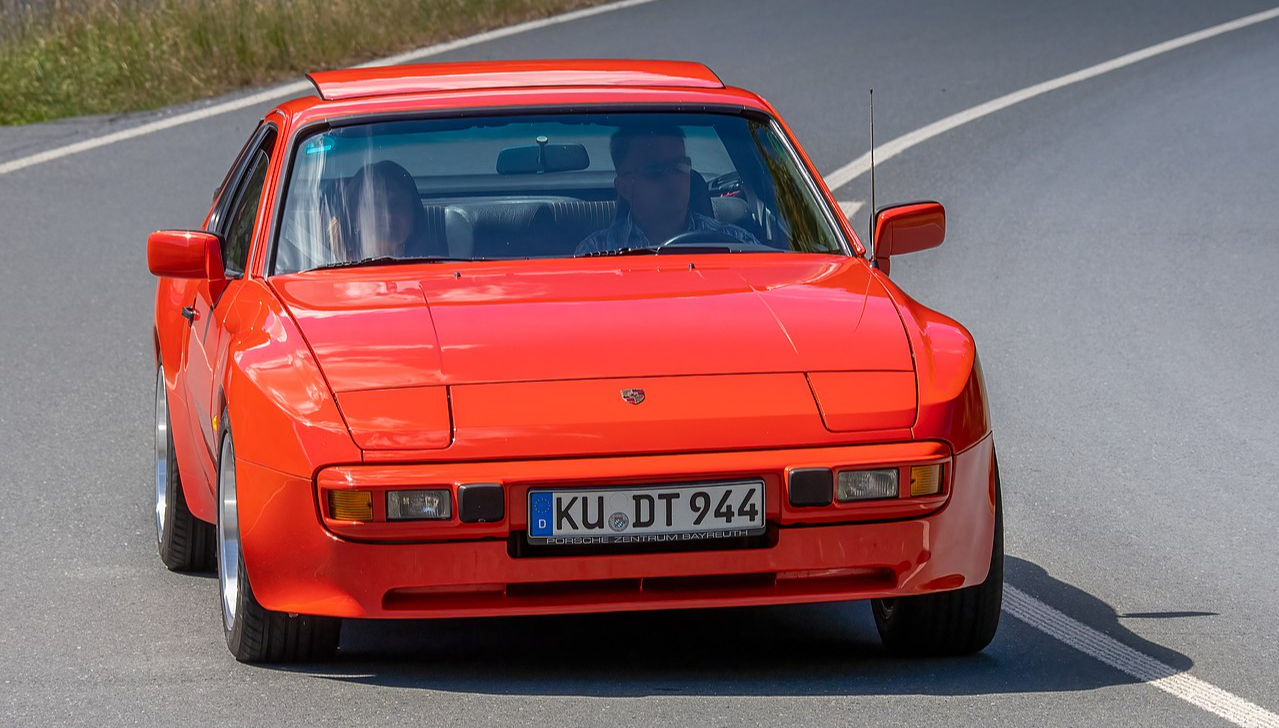
During the 1980s, despite its success, Porsche remained convinced that the 911 wouldn’t be successful in the long run. Little did they know at the time just how long-lasting the 911 would be. To address this, they developed the 944, a development of the earlier 924 that was wider, lower, sharper, and stiffer suspension.
As the 924 was part of a partnership with Volkswagen, many didn’t see it as a genuine Porsche, but the 944 corrected this as a standalone Porsche product. The highlight of the 944 was the excellent 2.5-liter-four-cylinder engine that would gain a turbocharger under the hood of the exceptional 944 turbo.
Renault Alpine GTA

The gorgeous Renault Alpine GTA is one of the forgotten sports cars, yet it’s one of the best rear-engined sports cars ever produced. During the 1980s, Renault quietly rolled out the Alpine GTA, which, as the name suggests, was developed with its sporty Alpine division. Renault was able to iron out the handling quirks of the mid-engine sports car and placed a powerful turbocharged engine under the hood.
The Alpine GTA had a 2.9-liter V6 with 160 hp and 166 lb-ft of torque and a turbo 2.5-liter engine with 200 hp and 214 lb-ft torque. The sleek and exotic lines were highly appealing, and the fiberglass body only weighed 2,646 lbs. With the turbocharged engine under the hood, the 0-60 mph time was a highly impressive 7.0 seconds.
Ferrari Testarossa

It might seem cliche to mention the Ferrari Testarossa, but there is no denying its place as one of the most excellent sports cars of all time and an icon of the 1980s. The 4.9-liter flat-twelve engine under the hood produced 380 hp and propelled the Testarossa to a top speed of 180 mph, making it the fastest car you could buy in the United States at the time.
Part of the appeal of the Testarossa was that Ferrari had massively improved its styling from its predecessor, the 512BB, bringing the Testarossa right into the modern era. Even in this era of excellent Ferraris, the Testarossa remains one of Ferrari’s most outlandish-looking products, which will undoubtedly see its value rise as the year progresses.
2000 Ford Mustang SVT Cobra R

It might be a muscle car by definition, but the 2000 Ford Mustang SVT Cobra R is much closer to a sports car than an all-American muscle car. Despite a tricky start to the New Edge Mustang era, Ford worked hard to fix things, and the 2000 SVT Cobra R culminated that effort.
Under the hood, a 5.4-liter V8 produced 385 hp and 385 lb-ft of torque, a big jump over the first SVT Cobra in 1993. The Cobra R was fast, too, running the 1/4 mile in just 13.2 seconds, ensuring it could compete with the best sports cars from Europe. They are also incredibly scarce, as Ford only produced 300 Mustang SVT Cobra R’s.
2006 Pontiac GTO

The final call for the Pontiac GTO is unfairly overlooked for more classic examples, even if they have more style. Yet the 2006 GTO was an excellent sports car, packing in a massive 6.2-liter V8 engine that produced 400 hp and 400 lb-ft of torque. The subtle design made the 2006 Pontiac GTO a real sleeper, and it has enough power to take on even some modern sports cars.
While some General Motors products of the 2000s could age poorly, the 2006 GTO hasn’t. Even the interior hasn’t become too dated, and adding red gauges on the dashboard to signify its performance was a lovely touch from Pontiac. Pontiac itself might have gone out on a whimper in 2010, but the GTO certainly did with enormous V8 power and a sleek and stylish design.
Aston Martin DBS Superleggera

While Aston Martin has had a tricky few years, there is no denying how good some of its sports cars have been. The DBS Superleggera is the perfect example, and it has some of the most significant power and speed numbers ever seen on an Aston Martin.
Under the hood, the DBS Superleggera has a massive 5.2-liter twin-turbocharged V12 that produces 715 hp and 663 lb-ft of torque. In an era of hybrids and electrification, a V12 in a sports car is becoming an increasingly rare sight.
This powertrain gives the DBS Superleggera a top speed of 211 mph, firmly into supercar territory, while the sports car also provides excellent handling performance in the corners. As far as modern Aston Martins go, the DBS Superleggera is a future classic and a fantastic investment.
1955 Porsche 550 Spyder
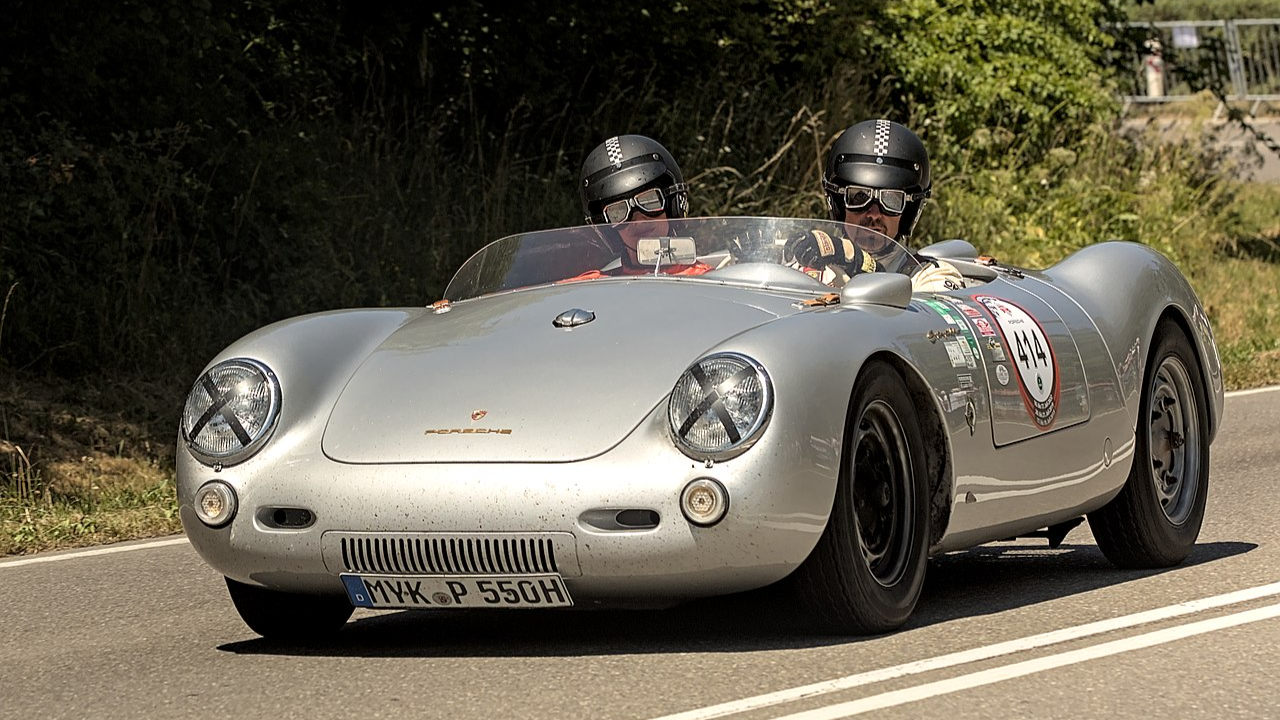
As the German manufacturer’s first-ever purpose-built sports car, the 1955 Porsche 550 Spyder already holds much value. However, that value is increased thanks to its increasing rarity and the pedigree it achieved on the racing scene.
Under the hood of the 500 Spyder was a 1.5-liter Fuhrmann four-cam flat-four cylinder engine, which produced 110 hp. Porsche developed the 550 Spyder to go racing, and it was its first event at the 1953 Nürburgring Eifel Race.
The 550 Spyder stunned its rivals by winning on debut. This proves that large displacement and considerable power do not automatically equal success. The 550 Spyder would take 95 overall victories and 75 class wins during its racing career.


